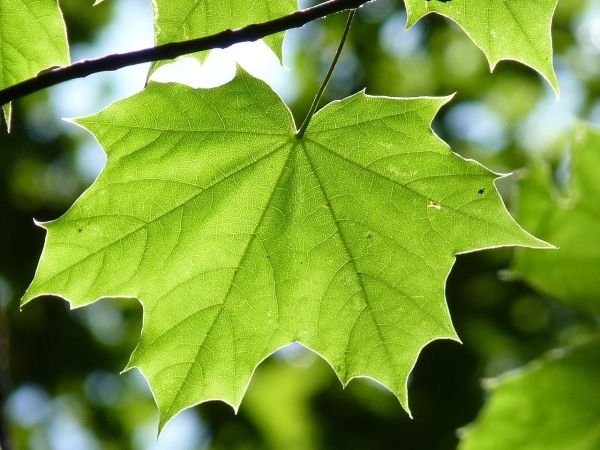As its name suggests, the bigleaf maple tree’s massive leaves are perhaps its most distinctive quality. A native to the Pacific Northwest’s wet westside forests, these towering trees can grow leaves up to 1.5 feet across — the largest of any maple.
But since 2011, scientists, concerned hikers and residents have observed more stressed and dying bigleaf maple across urban and suburban neighborhoods as well as in forested areas. Often the leaves are the first to shrivel and die, eventually leaving some trees completely bare. While forest pathologists have ruled out several specific diseases, the overall cause of the tree’s decline has stumped experts for years.
A new study led by the University of Washington, in collaboration with Washington Department of Natural Resources, has found that bigleaf maple die-off in Washington is linked to hotter, drier summers that predispose this species to decline. These conditions essentially weaken the tree’s immune system, making it easier to succumb to other stressors and diseases. The findings were published Sept. 16 in the journal Forest Ecology and Management.
“These trees can tolerate a lot, but once you start throwing in other factors, particularly severe summer drought as in recent years, it stresses the trees and can lead to their death,” said co-author Patrick Tobin, associate professor in the UW School of Environmental and Forest Sciences.
Read more at University of Washington
Photo Credit: Sweetaholic via Pixabay


